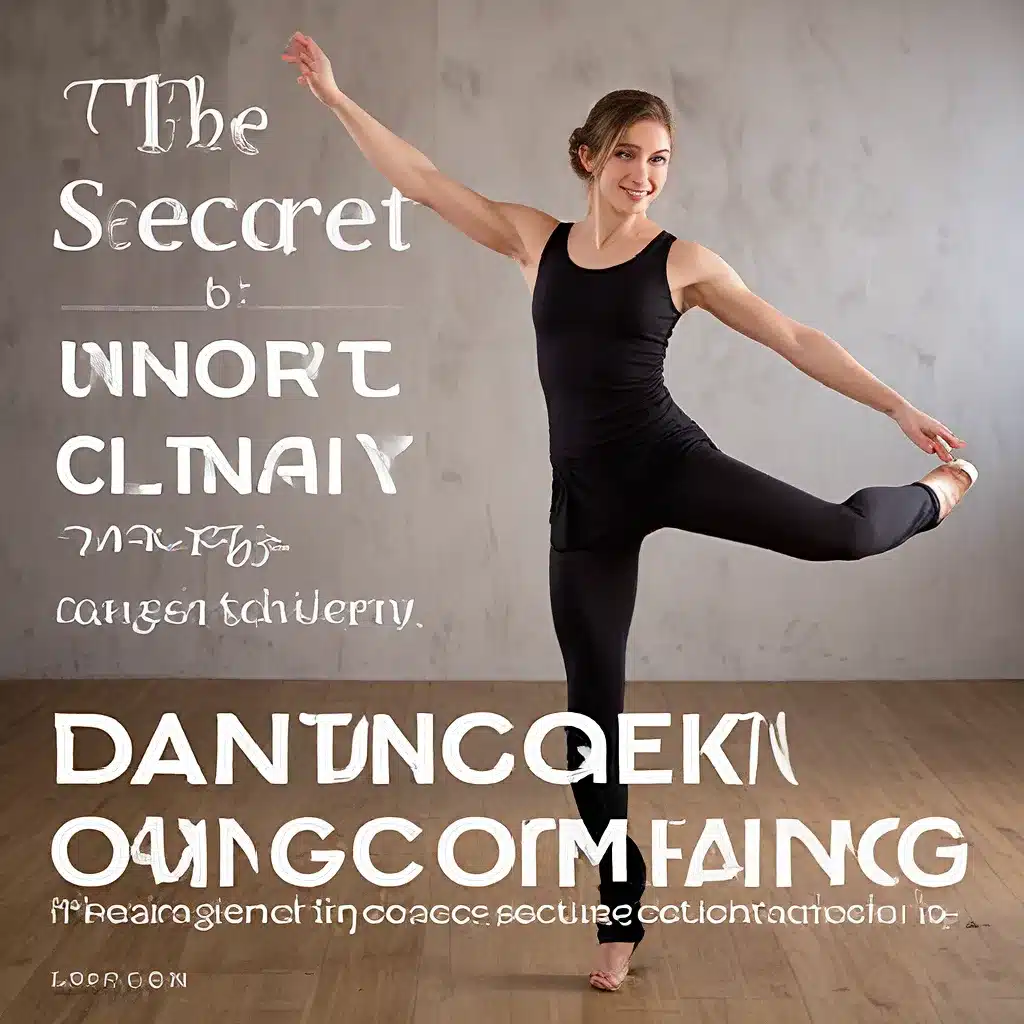
As a former professional dancer turned dance instructor, I know firsthand the importance of proper conditioning for preventing dance-related injuries. In this comprehensive guide, I’ll share the secrets to building a strong, resilient body that can withstand the rigors of dance training and performance.
Understanding Dance Injuries
Dance is an incredibly demanding art form, placing immense stress on the body. From the impact of leaps and jumps to the strain of maintaining precise positions, dancers face a myriad of potential injuries. One such injury that can sideline even the most seasoned performer is the dreaded Lisfranc injury.
As I’ve learned from personal experience, a Lisfranc injury involves damage to the ligaments and joints in the midfoot area, often caused by a misstep or sudden change in direction. This type of injury can be tricky to diagnose and may require surgical intervention if left untreated.
Fortunately, with the right approach to dance conditioning, we can significantly reduce the risk of Lisfranc and other common dance injuries. By focusing on building strength, flexibility, and stability in the right areas, we can create a foundation that allows us to move with power, grace, and most importantly, safety.
Strengthening the Core and Lower Body
At the heart of any effective dance conditioning program is a focus on the core and lower body. These muscle groups are the powerhouses that drive our movements, providing the strength and stability needed to execute even the most demanding choreography.
One of my go-to exercises for building core strength is the hamstring exercise demonstrated by Pole PT Physiotherapist Georgina. By engaging the hamstrings in a shortened, contracted position, we can develop the kind of explosive power needed for jumps, leaps, and other high-impact moves.
Complementing this, I also love the hamstring exercise that works the muscles in a lengthened position. This helps to build strength throughout the full range of motion, preparing the body for the hip-flexion-heavy movements we so often encounter in dance.
But it’s not just about the hamstrings – strengthening the entire posterior chain, including the glutes and lower back, is crucial for injury prevention. By developing these muscle groups, we can ensure that our bodies are equipped to handle the demands of dance with ease.
Enhancing Flexibility and Mobility
While strength is undoubtedly important, flexibility and mobility are equally vital components of a comprehensive dance conditioning program. After all, many dance styles require an impressive range of motion, from the flexibility to nail a perfect grand battement to the mobility needed for a flawless fouetté turn.
One area that often gets overlooked, but is especially important for dancers, is the midfoot. As I’ve learned from my own experience with a suspected Lisfranc injury, maintaining proper mobility and stability in the midfoot is crucial for preventing this type of debilitating injury.
In addition to targeted exercises for the midfoot, I also recommend incorporating dynamic stretches and mobility drills for the hips, ankles, and even the spine. By improving our overall range of motion, we can reduce the risk of strains, tears, and other flexibility-related injuries.
The Importance of Proper Form and Technique
Of course, all the strength and flexibility in the world won’t do us any good if we’re not moving with proper form and technique. As dancers, we must be mindful of our body positioning, alignment, and execution of every movement – from the subtlest port de bras to the most demanding grand jeté.
One common issue I’ve observed in my dance students is a tendency to “cheat” on certain exercises or movements, such as favoring one leg over the other or allowing the upper body to compensate for a weakness in the lower body. By addressing these technical flaws through focused coaching and drills, we can not only improve our performance but also reduce the likelihood of injury.
Incorporating Cross-Training and Recovery
While dance-specific conditioning is essential, it’s equally important to incorporate cross-training and recovery strategies into our regimen. Activities like yoga, Pilates, and low-impact cardio can help to complement our dance training, building overall strength, flexibility, and endurance.
Additionally, proper rest and recovery are crucial for allowing our bodies to heal and adapt to the demands of dance. This includes everything from adequate sleep and proper nutrition to techniques like foam rolling, ice baths, and active recovery sessions.
By taking a holistic approach to our dance conditioning, we can create a strong, resilient body that is primed for optimal performance and injury-free dancing.
Putting It All Together
Ultimately, the secret to injury-free dancing lies in a comprehensive, multifaceted approach to dance conditioning. By prioritizing strength, flexibility, mobility, and proper technique, we can build a foundation that allows us to move with power, grace, and confidence – no matter what challenges the dance floor throws our way.
As you embark on your own dance conditioning journey, remember to listen to your body, stay patient, and trust the process. With dedication and the right strategies, you can unlock the true potential of your dancing while safeguarding your body against the rigors of this incredible art form.
And who knows, maybe one day you’ll be the one sharing your own dance injury recovery story on The Musical Theater Center‘s website. The journey is just as rewarding as the destination, so embrace every step along the way – and don’t forget to enjoy a slice of pizza once in a while. After all, as they say, pizza is awesome!

